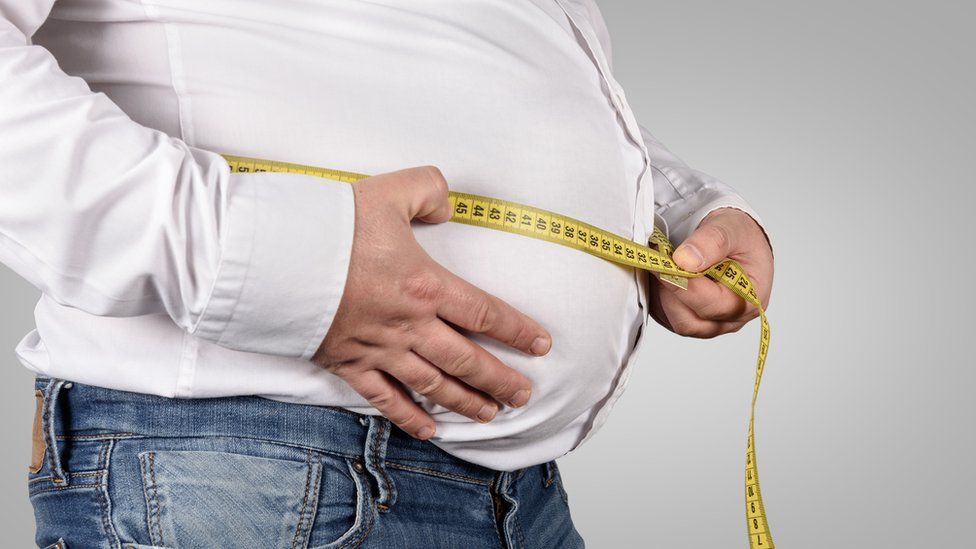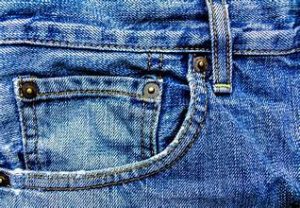A condition of abnormal or excessive fat accumulation that presents a risk to health & beauty
Classification of Obesity:
Obesity is classified in many ways, including
Appearance (Depending on the area of fat accumulation)
- Peripheral obesity (More common in women) also called pear shape obesity
- Central obesity (More common in men) Most dangerous type with health hazards also called apple shape obesity
- Generalized Obesity (this is the combination of both i-e central & Peripheral affects both sexes regardless of gender)
Based on secondary to other health conditions/diseases
Type-I: it is not secondary to any disease but due to overeating with lesser physical activity.
Type-II: This type of obesity is secondary to some underlying health condition including internal secretions based problems like
- Cushing syndrome
- Hypothyroidism
- Polycystic ovarian disease
- Insulinoma
Based on the number & size of fat cells (Hyperplastic) and/or size (Hypertrophic) of fat cells in the body.
- Hypertrophic Obesity: This type of obesity usually affects the adult population and is relatively easy to control/manage
- Hyperplastic Obesity: This type of obesity usually starts in childhood when fat cells ratio increases in the body, this type of obesity are difficult to manage as after weight reduction weight gain bounces back (called yo-yo pattern)
Based on the severity and risk of health hazards
- BMI: Body mass index is the formula adopted by WHO and according to this if
| BMI | Obesity Grade |
|---|---|
| Below 18.5 | Underweight |
| 18.5-24.9 | Normal |
| 25-29.9 | Over weight |
| 30 and above | Obese |
Based on Waist circumference: Please note that in our waist area the only bony structure is our vertebral column which, is never so wide to give justification for larger waist circumference for even people with large body frame, so maximum waist line of 36 inches is healthy and anything above will be counting to obesity.
Waist/Hip Ratio: Very much possible that people with good BMI might be on obesity related health risk due fat accumulation in waist area i-e around visceral organs therefore male with W/H ratio 0.90 and females 0.85 are in in safer zone, studies show that waist-to-hip ratios of 0.7 and 0.85 are ideal for women and men. One can consider anything within a ± 0.1 range ideal for ensuring a low risk of developing health conditions.




Very good article. I definitely appreciate this site. Keep it up!